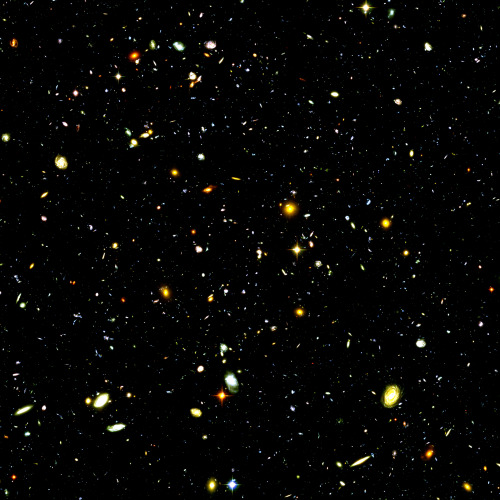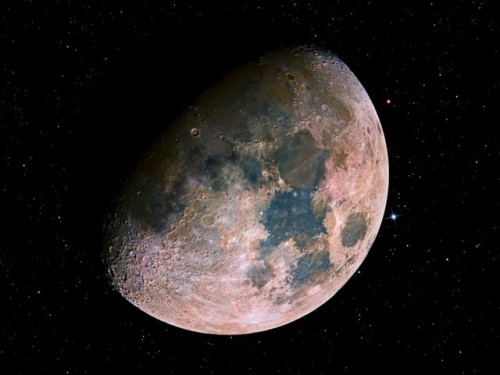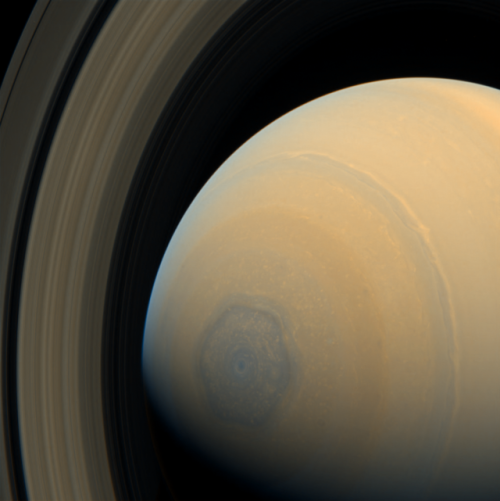Decimatethestars-blog - Cassini

More Posts from Decimatethestars-blog and Others

The faint rings of Uranus, shot in 1986, are made of countless fragments of water ice containing radiation-altered organic material.
Credit: NASA/JPL/Michael Benson, Kinetikon Pictures




Bioluminescent Plankton
Scientists have only recently discovered that this type of plankton glows when they are moved because of stress - ironic when you consider how relaxing the sight of the shimmering waves are in the dark night. Bioluminescence is used as a defence mechanism to draw predators towards the creature trying to eat the plankton. The tiny flashes of light also disorientate and surprise the predator.
These tiny organisms produce light using a chemical called luciferin. The process of creating a bioluminescent light, which is simply light produced within a living creature, differs between organisms. Some need a particular food or another creature for the effect to happen. But this type of plankton, called dinoflagellates, produce luciferin on their own. The light the tiny plankton emit is called ‘cold light’, meaning less than 20% of the light generates heat.
Huge areas of the ocean can become populated by glowing plankton but the effect is especially common in warm-water lagoons that have narrow openings to the sea. This causes the plankton to gather and become trapped, causing the water to turn orange.
Image credit: Will Ho, Kin Cheung, Landscapes Maldives & eyegami
Source: Kuoni

The Hubble Ultra-Deep Field is an image of a small region of space in the constellation Fornax, containing an estimated 10,000 galaxies.
Image credit: NASA/ESA/Hubble
Look up at the super blue blood full moon Jan. 31 – here's what you'll see and why
by Shannon Schmoll

During the early hours of Jan. 31, there will be a full moon, a total lunar eclipse, a blue moon and a supermoon – all at the same time. None of these things is really all that unusual by itself. What is rare is that they’re happening all together on one day.
Keep reading
Boston Dynamics has shown off its new version of SpotMini, but now it’s also catching us up with its bipedal Atlas bot, the most humanoid of its creations. Atlas can now jump from elevated block to elevated block, and do a complete about-face in the air. It can leap pretty high, and also do a backflip – and then celebrate its backflipping ability. –

This illustration shows the cosmic epochs of our Universe from the Big Bang to the Present. The position of galaxy A1689-zD1 is shown as an example of a particularly early forming and distant galaxy.
Image credt: NASA, ESA, and A. Feild (STScI).
-
 liltherianpaws liked this · 1 month ago
liltherianpaws liked this · 1 month ago -
 shadykoalaninja reblogged this · 5 months ago
shadykoalaninja reblogged this · 5 months ago -
 theydontknowimacrab liked this · 5 months ago
theydontknowimacrab liked this · 5 months ago -
 everybody-hit-the-pyro-cue liked this · 5 months ago
everybody-hit-the-pyro-cue liked this · 5 months ago -
 mysticbolillo liked this · 6 months ago
mysticbolillo liked this · 6 months ago -
 zombiecatattack liked this · 6 months ago
zombiecatattack liked this · 6 months ago -
 lookingformyperfectsandwich liked this · 9 months ago
lookingformyperfectsandwich liked this · 9 months ago -
 mysstical-siren reblogged this · 1 year ago
mysstical-siren reblogged this · 1 year ago -
 freshlypickedmint liked this · 1 year ago
freshlypickedmint liked this · 1 year ago -
 cepheusdevoured liked this · 1 year ago
cepheusdevoured liked this · 1 year ago -
 shadykoalaninja liked this · 1 year ago
shadykoalaninja liked this · 1 year ago -
 psy-rph liked this · 1 year ago
psy-rph liked this · 1 year ago -
 colfernarvaezwrites liked this · 1 year ago
colfernarvaezwrites liked this · 1 year ago -
 opiodae liked this · 2 years ago
opiodae liked this · 2 years ago -
 creepystreetview liked this · 2 years ago
creepystreetview liked this · 2 years ago -
 strawbysncream reblogged this · 2 years ago
strawbysncream reblogged this · 2 years ago -
 kevwriting liked this · 2 years ago
kevwriting liked this · 2 years ago -
 kp-da reblogged this · 2 years ago
kp-da reblogged this · 2 years ago -
 harlequinsprites liked this · 3 years ago
harlequinsprites liked this · 3 years ago -
 see-the-trees-enjoy-the-forest liked this · 3 years ago
see-the-trees-enjoy-the-forest liked this · 3 years ago -
 shotsofnovacaine reblogged this · 3 years ago
shotsofnovacaine reblogged this · 3 years ago -
 sharkwing reblogged this · 3 years ago
sharkwing reblogged this · 3 years ago -
 achillean-daydream liked this · 3 years ago
achillean-daydream liked this · 3 years ago -
 thelegendofmrrager reblogged this · 3 years ago
thelegendofmrrager reblogged this · 3 years ago -
 dogindustry liked this · 3 years ago
dogindustry liked this · 3 years ago -
 judys-chaos-corner reblogged this · 3 years ago
judys-chaos-corner reblogged this · 3 years ago -
 judys-chaos-corner liked this · 3 years ago
judys-chaos-corner liked this · 3 years ago -
 themainannoyance liked this · 3 years ago
themainannoyance liked this · 3 years ago -
 captivemaze reblogged this · 3 years ago
captivemaze reblogged this · 3 years ago -
 forever-levi-stan3 reblogged this · 3 years ago
forever-levi-stan3 reblogged this · 3 years ago -
 kellwithit reblogged this · 3 years ago
kellwithit reblogged this · 3 years ago -
 kellwithit liked this · 3 years ago
kellwithit liked this · 3 years ago -
 lynks-disease-diagnosis liked this · 3 years ago
lynks-disease-diagnosis liked this · 3 years ago -
 f5tornado liked this · 3 years ago
f5tornado liked this · 3 years ago -
 electricfishes reblogged this · 3 years ago
electricfishes reblogged this · 3 years ago -
 parasprite liked this · 3 years ago
parasprite liked this · 3 years ago
eleon / 18 / they. aspiring astronaut. lover of biology and space.
25 posts



